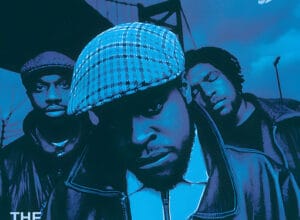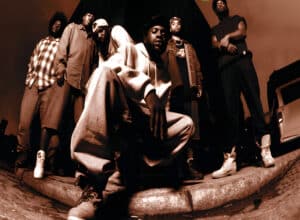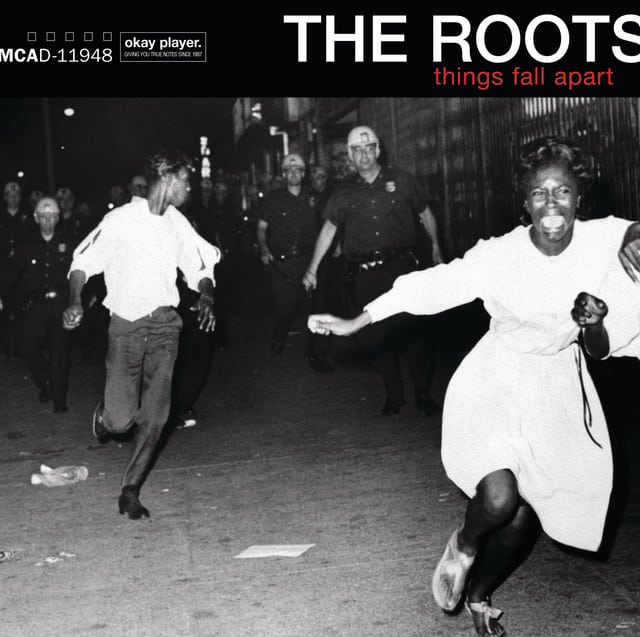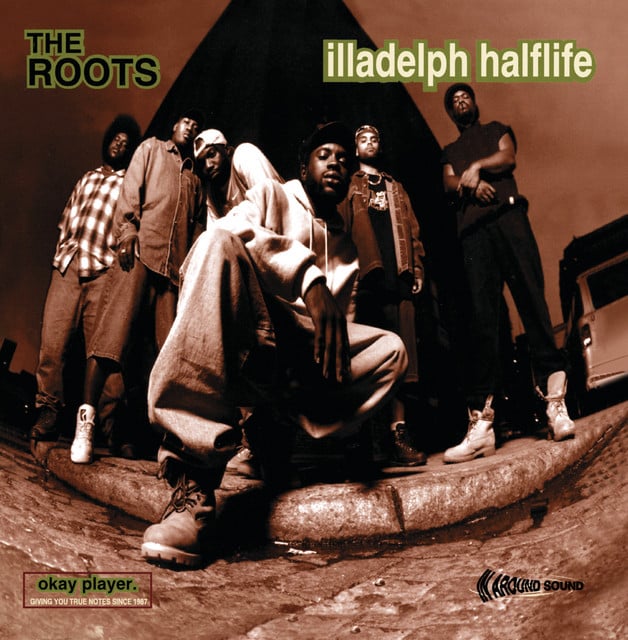Released: 2002 • Features: Cody Chesnutt
“The Seed (2.0)” by The Roots featuring Cody Chesnutt is a powerful narrative about creativity, transformation, and the struggle of maintaining artistic integrity. On one level, it’s a song about insemination, but on another level, it’s a metaphor about the birth of a new type of music that blends genres, defies conventional wisdom, and challenges the establishment.
The roots kick off the narrative with the tale of a woman about to give birth, but she isn’t sure what she’s “fittin’ to have”. This woman symbolizes the music industry which is pregnant with various genres like neo soul, hip hop, and rock ‘n roll. Despite having such a variety, the industry is unsure of what the future holds or what’s the next big thing. The woman is selective about what she wants, desiring “platinum, ice, and gold” implying the demand for commercial and mainstream success. The phrase “one monkey don’t stop the show” is an old African-American proverb that means no single person can halt progress.
“Little Mary” represents a young artist navigating the pitfalls and challenges of the music industry. The phrase “the heat began” could refer to the beginning of scrutiny, pressure or competition within the industry. The guiding hand that promises to help Mary keep to the plan represents the role of a producer or mentor in an artist’s journey.
The chorus revolves around the theme of fertilizing another behind a lover’s back. This could be seen as a metaphor for side projects artists venture into outside of their main work, and the creative satisfaction derived from nurturing these projects. Also, it can represent taking risky decisions in the name of art, even if they may not be commercially successful (“I sit and watch it grow roots standin’ where I’m at”).
The second verse continues with similar themes, though here, the phrase “Cadillac needs space to roam” reflects a desire for freedom and space in the creative process. The phrase “and I’m a god dang rollin’ stone” might be a reference to successful artists who push boundaries, maintain their artistic integrity and refuse to be pigeonholed.
Overall, “The Seed (2.0)” can be seen as a narrative about the evolution of music and a critique on the industrial pressures that often compromise artistic authenticity. It acknowledges the struggle for success and staying true to one’s creativity in an industry that often prefers the mainstream. Thus, the act of “pushing the seed” presents a simultaneous responsibility of passing down the legacy, creating something new, and maintaining the integrity of their craft.








